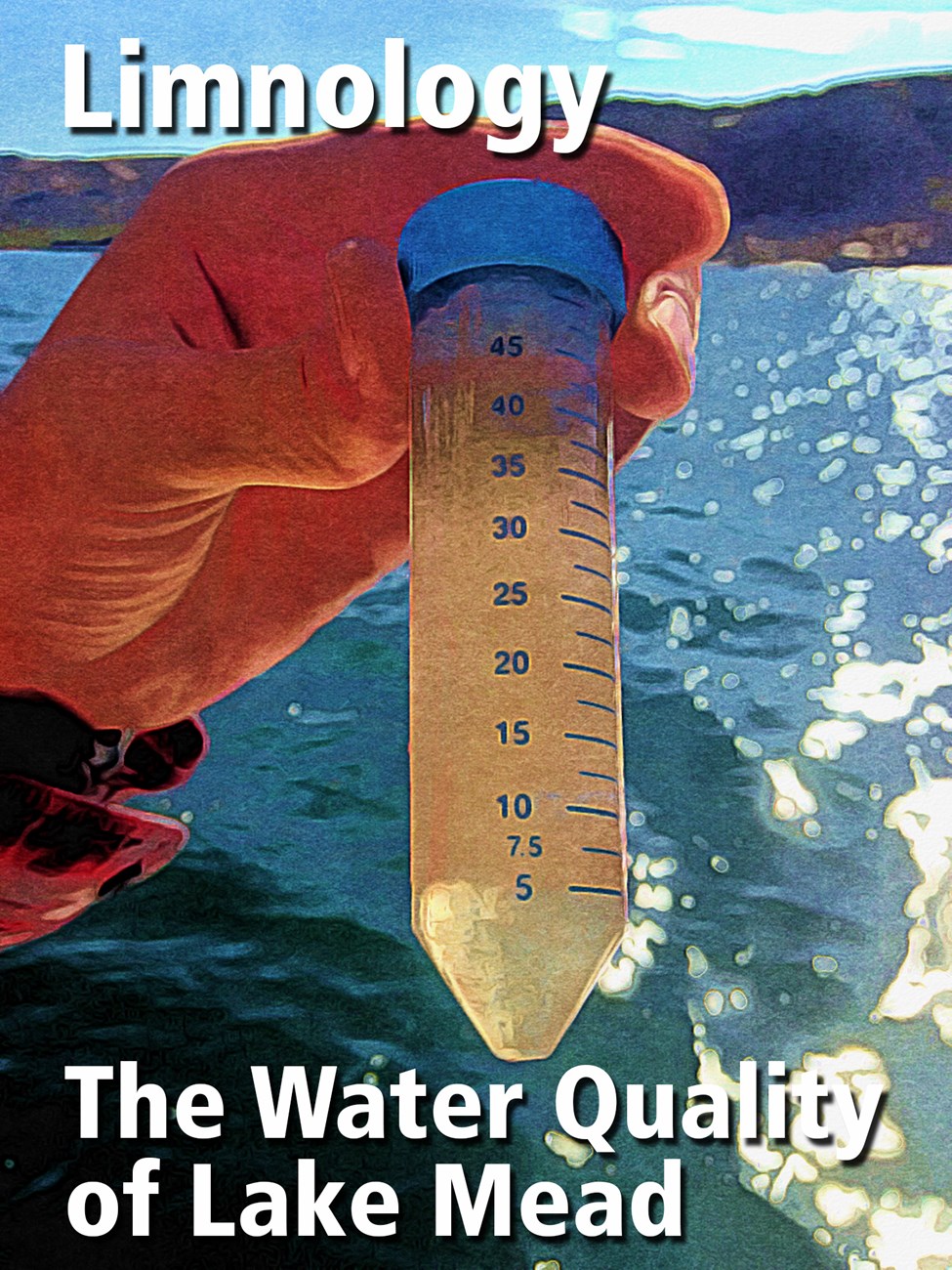
The roles of lakes Mead and Mohave in meeting community and regional needs for drinking water, recreation and wildlife habitat underscore the vital importance of maintaining exceptional water quality. Quality Water for People and Wildlife Lake Mead provides drinking water for more than 25 million people and first-rate water-based recreation for more than eight million people each year, including an average of 250,240 annual angler use days of recreational sport fishing. The lakes provide additional critical habitat for the federally listed endangered razorback sucker as well as key habitats along the Pacific flyway for shorebirds and other waterfowl. Lake Mead, with a surface area of 157,900 acres (at full pool) and a 29-million-acre-feet storage capacity, is the largest reservoir in North America. Lake Mohave with 26,500 acres of surface area provides consistent volume of water to meet downstream delivery.
Major indicators of water quality include clarity, pH, specific conductance, temperature, bromide, dissolved oxygen, total organic carbon (TOC), chlorophyll-a and inorganic nutrients. Each of these and 29 other parameters are monitored at 53 sites across Lake Mead: 26 stations in Lake Mead's Boulder Basin are monitored on a weekly basis and an additional 27 sites (dependent on lake level) throughout Lake Mead are monitored on a monthly to quarterly basis. The Safe Drinking Water Act and other regulatory systems and laws set standards for water quality. The Southern Nevada Water Authority, U.S. Bureau of Reclamation, and water reclamation districts (i.e., Clark County, City of Las Vegas, and City of Henderson) conduct the monitoring activities. Automated U.S. Geological Survey Stations also continuously monitor water quality, and additional measurements are taken at different intervals by researchers working on specific projects at other locations on the lakes. In Lake Mohave, there are five monitoring sites, which are monitored for water quality by the U.S. Bureau of Reclamation's Lower Colorado River Region as part of its quagga mussel monitoring program. Boulder Basin, which receives urban inflows from the Las Vegas Wash and as the basin from which drinking water is drawn, is a focal point of interest for water quality. Downstream users of the Colorado River also have an interest in the overall water quality released from Boulder Basin through Hoover Dam. For these reasons, Boulder Basin is the most extensively studied portion of Lake Mead.
Strategic fundamental objectives
• Healthy populations of native fish
|
Last updated: December 23, 2015
